Holly Computers S939 AMD64W Review
Holly Computers S939 AMD64W
If you're hankering after a water cooled PC, but don't have the time or expertise to build one yourself, then Holly Computers may have already built your ultimate PC.
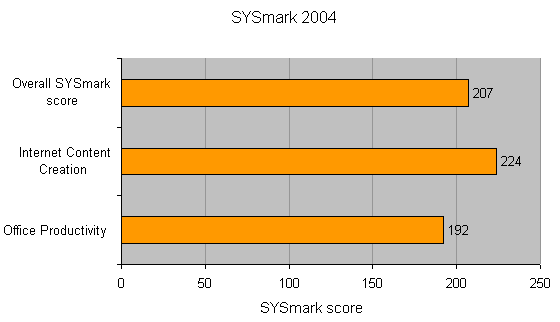
Verdict
Key Specifications
- Review Price: £2451.00
Let’s get this out of the way right now – this PC is seriously expensive. You might have seen systems that cost over two and half thousand pounds before, but this Holly Computers PC doesn’t include a monitor, or even a keyboard and mouse. So how can a company that most people won’t have heard of charge this much for a PC, when you can get great systems like the Mesh Matrix S3100 Plus for only £800.
The answer is that Holly Computers is one of an increasing number of companies that are specialising in producing hand-crafted, high-performance PCs. The slogan on its web site is ‘customise, not compromise’, and this machine is certainly a good example of that philosophy. Not only is it brimming with the latest technology, but like the Armari T64-LQX, which we looked at recently, it’s water cooled. Cooling a PC with water is superior to cooling with fans, as water can transfer heat far more efficiently than air. An additional benefit is that by removing the fans, it’s far quieter. On top of that it also gives more scope for overclocking.
Even at default settings though, specifications wise, the Holly certainly has it going on. The system is powered by an Athlon FX-53, which until recently was the fastest AMD processor you could buy. That honour is now taken by the slightly upgraded Athlon FX-55, which has clock speed of 2.6GHz compared to the FX-53s 2.4GHz. The good news is that the Holly system is now shipping with a FX-55 for the same price, which can’t be bad.
To house the components, Holly has chosen the Antec P160 chassic. While looks are inevitably a matter of opinion I definately approve of this case as it’s one that I put good money down on for my own home system. It’s a trendy silver colour and as it’s constructed of aluminium it’s very light. It’s upgrading friendly thanks to features such as a side facing removable hard disk drive cage, a removable motherboard tray and thumbscrews holding the PCI cards in place. However, from my experience, it has to be said that’s it’s not the sturdiest case around. In fact, compared to the likes of a Lian Li it could be described as flimsy. However, as the Holly machine will arrive fully built anyway it’s a non-issue.
The system motherboard is the Abit AV8, based on Via’s K8T800 Pro. This is a board clearly designed with the adventurous overclocker in mind. Delving into the BIOS, I was pleased to find that the front side bus can be pushed up to a theoretical 336MHz in 1MHz increments. To assist, there are voltage controls for the CPU, AGP, memory and even the motherboard chipset’s Northbridge and Southbridge. There are also AGP and PCI bus speed dividers enabling you to adjust the front side bus without having to stress the other components. This is a good thing too, as one of the advantages the FX line of processors has over the standard Athlon 64 line is that it’s multiplier unlocked, specifically enabling you to play around with this stuff.
The BIOS also enables alterations to the memory timings. The Athlon FX line, integrates a dual-channel memory controller, and the Holly is fitted with a matched pair of Corsair PC4400 512MB DIMMs to take advantage of this, with room for another pair. The Corsair RAM can run at up to 550MHz. By default however, Holly has not overclocked the motherboard, with the front side bus set to 200MHz and the memory running in sync at 400MHz. It’s great though that the overclocking potential is there for those who have the knowledge and desire to push their PC to the max.
The graphics chipset is an nVidia GeForce 6800 GT – very nearly the fastest nVidia card you can buy, with 16 pixel pipelines and Shader Model 3 support. Sound is equally cutting edge thanks to the presence of a Creative Audigy 2 ZS. This can output 7.1 audio for a full home cinema experience and when hooked up to speakers that do it justice, is superb for both games and DVD. The card’s bundled software enables it to decode Dolby Digital Surround EX and DTS-ES soundtracks from DVDs and also high resolution DVD-Audio.
The Abit AV8 motherboard is however, also equipped with integrated 5.1 audio. With the Creative card in place this is essentially redundant but one advantage it does have is optical S/PDIF in and out ports, so if you want to connect up to an amp in that way you could always enable the on board sound instead.
Not withstanding the audio though, Holly has made good use of the other onboard features. The integrated SATA150 RAID chip is employed by two 75GB Western Digital Raptor hard disks spinning at 10,000rpm. These are set up in RAID 0 ‘striped’ configuration producing a single ‘C’ partition with a formatted capacity of 138GB. In addition, Holly has equipped the system with a 250GB Western Digital Caviar Special Edition hard drive, featuring 8Mb of cache, connected to an EIDE port.
At the rear of the system are four integrated USB 2.0 ports and a Firewire socket. There’s another Firewire port on the Audigy 2, and one on the front control panel as well, taking the total to three. Gigabit Ethernet is also present along with more mundane features such as parallel and serial ports.
The front fascia sports four 5.25in external bays and two external 3.5in bays. Below this is a grille divided into three groovy looking slots, lit from behind by a blue LED. This isn’t the only blue light on this system by a long way, but more on that later. The most eye catching feature on the front though is the swivelling control panel at the top. This contains the power switch, reset button, two USB ports, a Firewire port as previoulsy mentioned, and headphone and line in sockets. However, as the Creative Audigy 2 is used instead of the on-board audio, these front panel audio ports, aren’t connected up, which is a shame. The whole control panel can be rotated up and down, so you always get an optimal angle for inserting peripherals. It also has a LED which displays the internal temperature of the system. This is connected to two sensors, that read the temperature of the inside of the case, and the LED switches between them. If the truth be told, this information isn’t that helpful, and it would be more productive to have the CPU and graphics core temperatures displayed, as you could then easily see when these are running too hot. Still, the yellow LEDs do look pretty funky, so we’re not complaining.
Loaded into the top bay 5.25in bay is a cool looking slot-loading Pioneer DVD-ROM drive and below this is a NEC 3500AG drive, which we reviewed here. Naturally both of these are silver, maintaining the look of the system.
Also pretty funky is the side of the case. On the average PC, you need to remove the side panel to see what’s going on internally – but there’s no need on the Holly. A clear side panel reveals the crown jewels of this PC in all their glory – an Innovatek water cooling system. It is similar in many ways to the set-up that comes with the PowerPack! CoolFX Ultra/2600 TV. Save for the fact that it’s a GT rather than an Ultra, the graphics card is the same with a large cooling block in place of a conventional fan. It also has the same water reservoir and Eheim pump. Where the set-up is superior, is that the water cooling includes the CPU as well as the GPU. In addition there’s a reservoir in one of the front mounted 5.25in bays. This extra bay is necessary as with both the graphics and CPU to deal with more water is needed to draw the heat away. Holly has also gone for upgraded tubing over the Gainward kit, which should ensure a more efficient water flow. In fact, Holly should be praised for its attention to detail where as this is an area where the Holly excels. With a water cooling set-up and three hard disks, the internal arrangement could have easily gone awry but the system is actually one of the most carefully put together I’ve ever seen. The Ehiem pump and reservoir have been firmly drilled into the base, while cable management is superb. Indeed, my contact at Holly proudly recounted a story where one if its machine was mishandled by couriers during a delivery. While some internal components came loose, the water cooling system remained fully intact, with no spilt liquid, which is certainly impressive.
One of the key advantages of water cooling is that it replaces the noisy fans on the CPU and graphics cards. However, it’s not possible to dispense with fans completely as these are used to cool the large radiator, and Holly has attached two fans on either side of it. Sensibly though, these are super quiet 120mm AcoustiFans ensuring that as little noise as possible is generated. In addition, Holly has fitted AcoustiPack lining to the base of the case providing a degree of sound proofing. Holly has even selected the power supply with noise levels in mind. The Tagan features two fans but the second only kicks in when the unit is under high-load. The PSU is rated at a healthy 480 Watts, which is important if overclocking is on the agenda. Using a handheld energy monitor we tested how much power the PC drew from the wall socket when idle in Windows, and discovered it needed a hefty 180Watts. When running 3DMark this rose to 230W. At least you can be sure that the Tagan provides plenty of headroom.
However, the system isn’t just well specified it also looks marvelous too. Holly has fitted two blue ultraviolet (UV) strips down one side and along the top and has even given them there own dedicated lights switch neatly drilled into the rear of the chassis. Flick the switch and it lights up the water in the front 5.25in bay and reflects of the blue tubing of the water cooling system, bathing it internally in blue light. Even the EIDE cables have orange UV reflective coverings.
”’Performance”’
So we’ve established that the Holly is well built, generously equipped and looks stunning. But how does the whole package stack up in terms of performance. On the whole, pretty darned well. The overall SYSmark 2004 score of 207 beats the 198 from the water cooled Armari T64-LQX and matches that of the 3.6GHz Armari T900-GT. It’s slower though than the Dell XPS by two marks, though the Dell does cost over £3,000. Moving to 3D the only major comparison we have across recent systems is 3DMark03, and the Holly beats all comers with it’s impressive score of 11,278. In Far Cry the Holly was a few frames slower than the water-cooled Armari T64-LQX system with 87.9fps compared to 91.7.
Moving to the very latest benchmarks the Holly hits 3,825 in 3DMark05 and 92.1 in Doom 3. 3DMark05 is too new to compare to any similar system but the Holly beat the Pentium 4/GeForce 6800 GT powered Armari T900-GT, with 92.1 to 83.1.
We then decided to take the Holly’s water cooling system out for a spin and crank up the clocks on its GeForce 6800 GT from its default of 350MHz core and 1GHz memory, to 400/1.15GHz pushing the score up to 97.4fps. We wanted to reach the magical 100fps mark but to do this we had to push the clocks to 445/1.17, demonstrating the law of diminishing returns. It also wasn’t completely stable at this level as other benchmarks wouldn’t run. At a more reasonable 420/1,200 the 3DMark05 would run, and the score leapt from 3,825 to 4,528.
These numbers are all very impressive, which is pretty much what you’d expect for a system at this price. However, as Lars commented on the Armari T64-LQX it would have made more sense to include a very top-end graphics card in the guise of an GeForce 6800 Ultra, rather than a ‘mere’ GT. However, Holly assured that this card was chosen due to a lack of supply at review time, and that Ultras are available. If you’re paying about two and half thousand pounds for your PC, you’re unlikely to balk at a few pounds more for the very best.
And the very best pretty much sums up the Holly S939 AMD64W. It’s more expensive than the Armari T64-LQX, but has the advantage that its water cooling system is housed internally. While the Armari has a sturdier case, I couldn’t help but be impressed by the way the Holly was put together. So while Lars would go first to Armari for his water cooled system, I’d prefer to knock on Holly Computer’s door.
”’Verdict”’
Holly is clearly taunting me with this PC that looks a lot like mine but is way out in front in terms of specifications and build-quality. This last factor is important as while the system is expensive you have to remember that you’re paying for a hand built, hand crafted system that takes serious man hours to put together. It’s too pricey to earn a recommended award as it’s above and beyond what most people would reasonably need or require from their PC. But factor in a three year on-site warranty and for those that can afford it, it would be churlish to complain about the price.
A name like Holly conjures up images of Yuletide gifts, and if my numbers came up I know what PC I’d be spending my winnings on.
(table:holly)

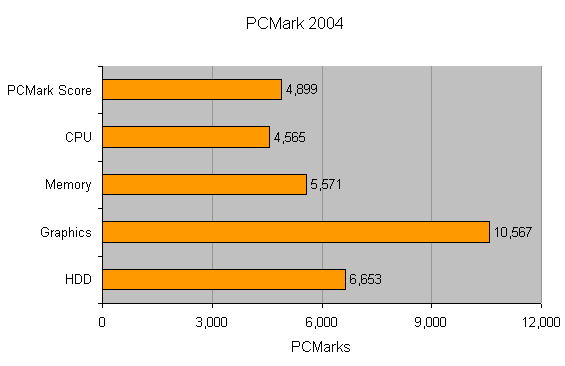
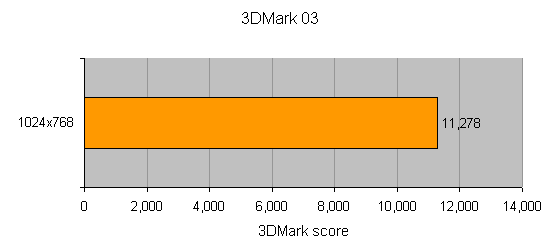
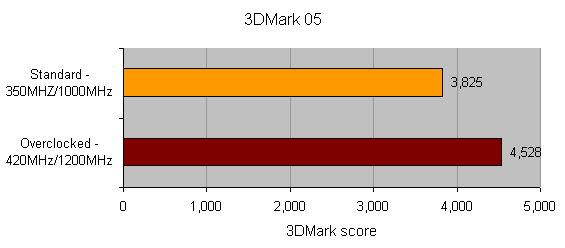
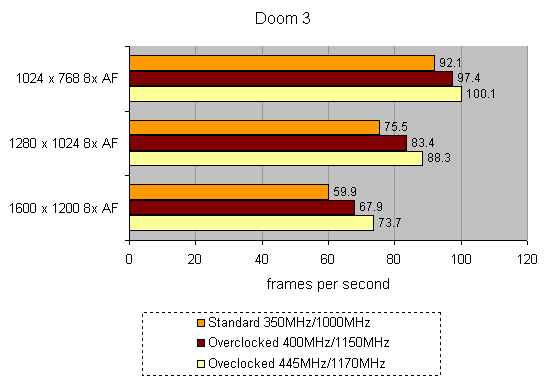
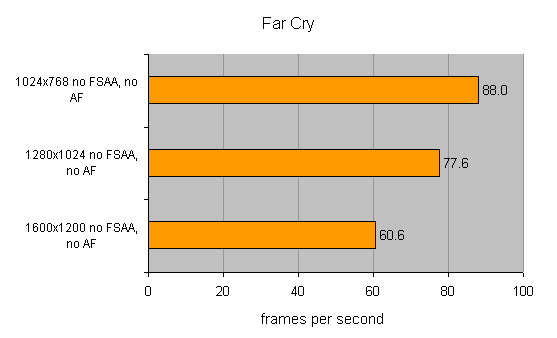
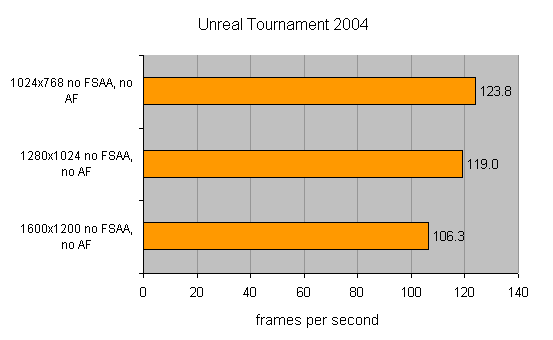
Trusted Score
Score in detail
-
Value 7
-
Features 9
-
Performance 9

